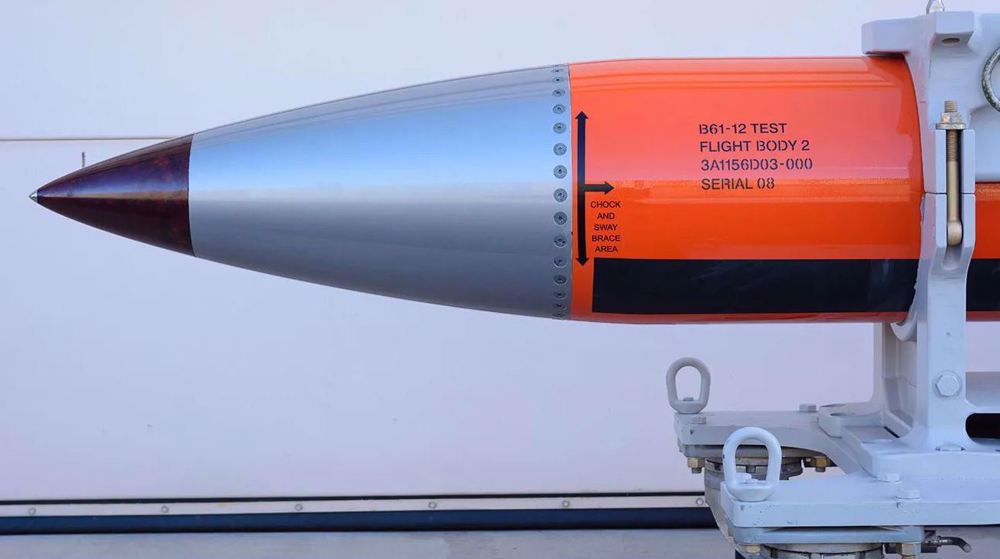Russia deploying new air defense system to Arctic border with US
The Pentagon says Russia is deploying new air defense systems to strategic areas near its border with the US and Norway; weapon systems that are modified for the harsh Arctic environment.
The US Army's Foreign Military Studies Office (FMSO) released a report in August, saying that Moscow is looking to place short-to-medium range antiaircraft SA-22 Pantsir-S1 battalions at Murmansk by the Norwegian border and at unspecified locations in the east of Russia facing both the US and Japan.
The twin-barreled Pantsir is a staple of Russian air defense, according to the report.
It has a range of upwards of 19 miles and can function in temperatures as low as -58 degrees Farenheit, FMSO said.
The Pantsir can also "protect the defended asset from ground-based and water surface-based threats," RIA Novosti reported.
The plans involve the opening of ten Arctic search-and-rescue stations, 16 deep-water ports, 13 airfields, and 10 air-defense radar stations across its Arctic periphery.
A Russian expert at New York University wrote since the new bases will "permit the use of larger and more modern [bomber aircraft in the region] by 2025, the Arctic waters are to be patrolled by a squadron of next-generation stealthy PAK DA bombers."
Russian Deputy Commander Kirill Makarov told RIA Novosti in June that the Kremlin will deploy fighter aircraft, surface-to-air missile systems, and radar systems to islands off the Russian coast in the Arctic.
"This is all done to the Russian Federation to defend its interests around the perimeter of our state, but also the interests in the Arctic," he said.
Geopolitical analyst Eric Draitser told Press TV last week that “Russia is militarily getting stronger and that is what I think the heads in Washington are really fearful of.”
The outgoing US Army chief of staff, General Ray Odierno, said earlier that Russia is the top military threat to the United States. He said the US had to increase its ability to move quickly to the region if needed, and increase interoperability with other NATO forces.

US nuclear weapons costs projected to soar to $946 billion

Yemen downs seven US Reapers worth $200 million in six weeks

US warplanes bomb four Yemeni provinces in fresh aggression
Oil Minister Paknejad: Russia build nuclear plant in Iran with own funds
UAE deploys radar in Somalia to monitor Yemen’s anti-Israel strikes
Iran summons Dutch envoy over 'baseless' accusations against Tehran
VIDEO | Press TV's news headlines
India, Pakistan exchange fire as UN calls for 'maximum restraint'
Iran condemns Israeli attacks on Gaza tents as 'clear proof of war crime'
Syria’s HTS seeks normalization with Israel, Jolani writes to Trump
Iranian FM Araghchi heads to Muscat for indirect talks with US







 This makes it easy to access the Press TV website
This makes it easy to access the Press TV website